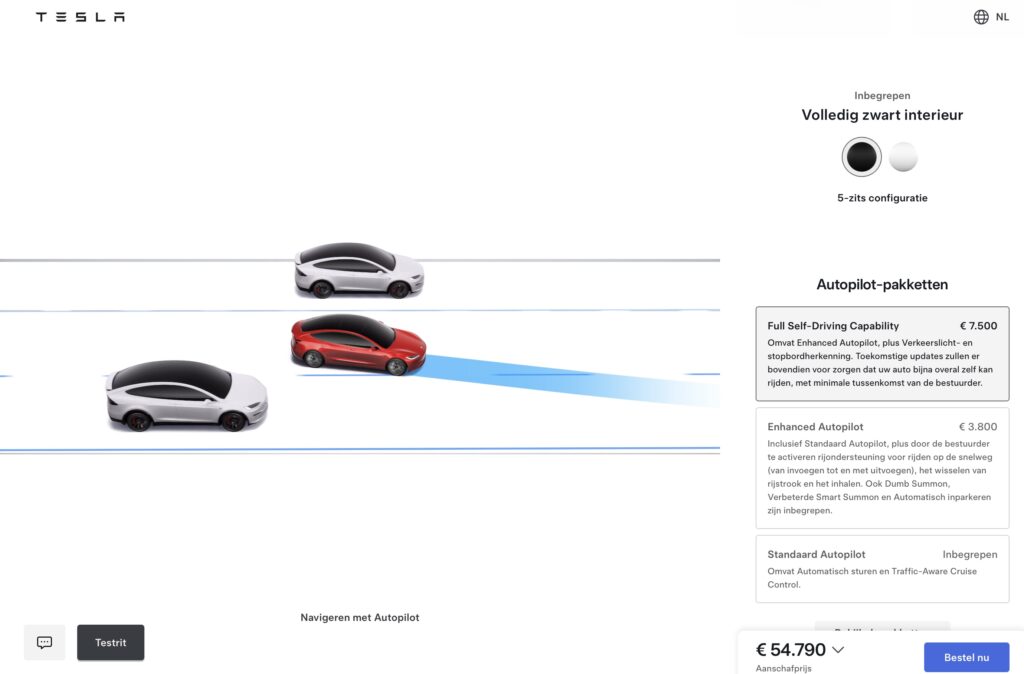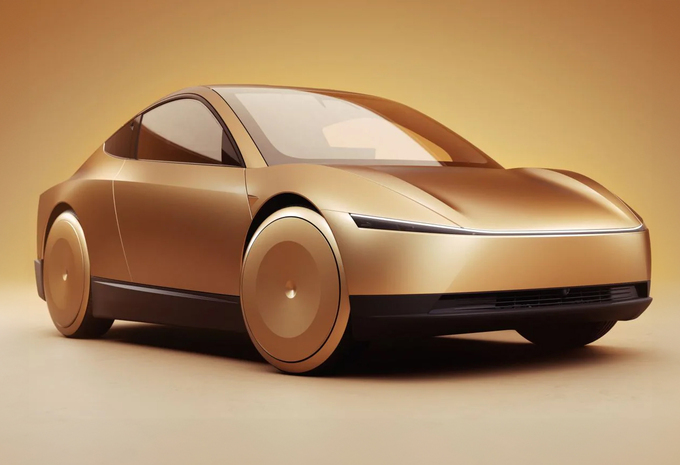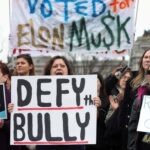Tesla’s Full Self-Driving (FSD) technology is on the verge of transforming the globe. For years, Tesla enthusiasts and investors have clung to Elon Musk’s bold vision: a single software update that enables every Tesla vehicle to drive autonomously. That ambitious goal is now within reach. FSD is advancing rapidly and expanding into key markets like China and the Netherlands. Here’s why this is significant and how FSD is already making its mark.
FSD in China: Tackling Complex Roads
China’s roads are a formidable challenge teeming with dense traffic, erratic pedestrians, and a mix of modern highways and unmarked rural paths. For Tesla’s FSD to succeed here, it must navigate a level of complexity far beyond the orderly streets of American suburbs. In February 2025, Tesla introduced FSD (Supervised) in China and the results are impressive. Social media is abuzz with videos of Tesla vehicles smoothly handling construction zones, urban streets, and intricate traffic patterns. In one test, FSD outperformed local rivals like Huawei ADS and Li AD Max, navigating a construction zone without human intervention where others faltered.
Remarkably, this leap was achieved through a software update alone no hardware changes required. Priced at approximately $8,800 in China, FSD offers features like lane changes, traffic light recognition, and turn assistance on city roads. While it’s not yet as comprehensive as the U.S. version, its potential is clear. Tesla’s collaboration with Baidu for high precision mapping ensures compliance with China’s strict data laws while enhancing performance. Success in China’s chaotic driving environment suggests FSD could adapt anywhere, a breakthrough that excites investors eyeing Tesla’s global potential.
The Netherlands: Europe’s Launchpad
In Europe, the Netherlands is shaping up as Tesla’s entry point for FSD. Tesla recently added FSD as an option on its Dutch website, a strong hint of an impending rollout—potentially by May 2025. The company is pursuing an Article 39 exemption under EU regulations, allowing early deployment of cutting edge tech before full regional approval. If successful, this could bring FSD (Supervised) version 13 (for Hardware 4) or 12 (for Hardware 3) to Dutch roads, setting the stage for expansion into Germany, France, and beyond. This strategic move could cement Tesla’s leadership in a European market eager for sustainable innovation.

Where Is FSD Already Active?
Tesla’s FSD is currently operational in several countries:
- United States: The birthplace of FSD, where the latest iterations manage both highways and urban streets with increasing reliability.
- Canada: Mirroring the U.S., FSD (Supervised) is widely available and steadily improving.
- China: Launched in February 2025, it’s active on city roads and gaining traction fast.
- The Netherlands: Not yet live, but its imminent arrival is signaled by Tesla’s online configurator.
Testing is also underway in nations like Germany and the United Arab Emirates, though official deployment there awaits regulatory green lights. With software updates driving progress, FSD’s global reach could expand swiftly as approvals come through.
Why It Matters: Revenue and Dominance
FSD is more than a driving feature it’s a financial game changer. In the U.S., Tesla reduced FSD’s upfront cost to $8,000 and introduced a $99/month subscription, boosting accessibility. Similar pricing could soon hit China and Europe, creating a steady revenue stream. Picture millions of Tesla owners paying monthly for autonomy, or fleets of FSD equipped cars operating as robotaxis around the clock. With version 13 boasting vastly improved performance, this vision is edging closer to reality.
Tesla’s market strength amplifies the opportunity. In China, despite a production pause for the updated Model Y in February 2025, sales held firm, demand consistently outpaces supply. In the week of March 10-16, Tesla China registered 15,300 vehicles, a quarterly high. Unlike competitors burdened with excess inventory, Tesla sells every car it produces, underscoring its unique position as a demand driven powerhouse.
What Lies Ahead?

Challenges persist. In China, regulatory delays could arise, potentially tied to U.S.- China trade tensions. In the Netherlands, the Article 39 exemption isn’t a sure thing, and full EU approval might stretch into 2026. Safety remains under scrutiny as FSD still requires driver supervision, and U.S. crash investigations continue.
Yet the momentum is undeniable. Tesla’s ability to roll out FSD worldwide via software updates is turning a long held promise into tangible progress. For investors banking on Musk’s vision, this is a defining moment: a fleet evolving into autonomous assets, limited only by regulatory timelines and production capacity. Social media reactions in China reflect growing excitement, and global attention is fixed on Tesla not always with praise but still. FSD is poised to reshape the future, and it’s already underway.


